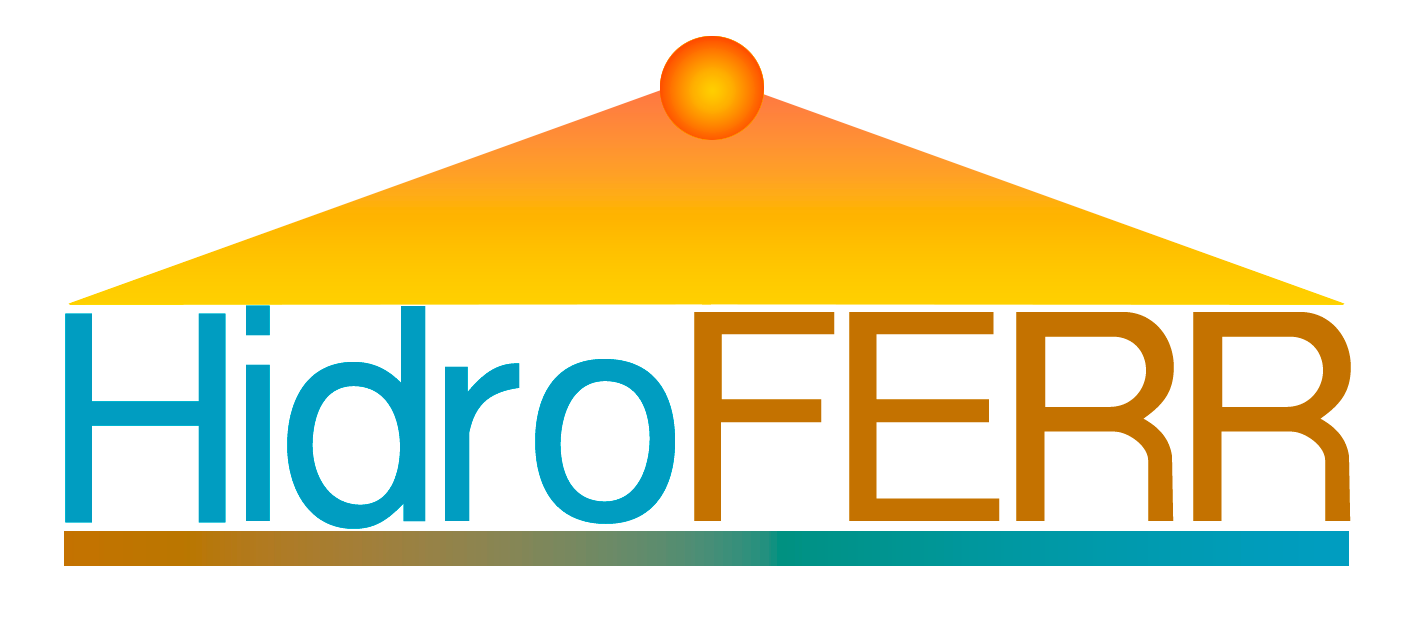

SOLAR PRODUCTION OF FUELS AND COMMODITIES

Inmaculada Cañadas, icanadas@psa.es
Javier García, Javier.garcia@itc.uji.es
According to the European Commission and the 2030 Agenda for Sustainable
Hydrogen can be produced from many different resources, such as photo-voltaic (PV)-driven electrolysis, biomass gasification, artificial photosynthe-sis or thermochemical cycles. The use of concentrating solar thermal tech-nologies (CST), and the higher efficiency in converting solar radiation into heat, entails that solar energy to hydrogen conversion efficiency for solar thermochemical pathway is the highest of all possible solar fuel processes (theoretical maximum: 42%). This is 30% higher than the photovoltaic elec-trolysis route (max. 28%) and orders of magnitude higher compared to di-rect conversion by natural or artificial photosynthesis (≈1%). However, the maximum efficiency of thermochemical cycles has not yet been reached and current receivers have only achieved 5.25% solar-to-hydrogen conver-sion efficiency.
Development, clean hydrogen is expected to play a key role in the decarbonization of sectors where other alternatives might not be viable or more expensive. The new hydrogen strategy aims to explore the potential of clean hydrogen to contribute to the decarbonization process of the EU economy in a cost-effective way, in line with the 2050 climate neutrality target set out in the European Green Pact.
Hidroferr's objective is to advance in the knowledge of the hydrogen production process through the thermochemical solar splitting of water by developing combinations of ceramic and metallic materials capable of obtaining high yields of hydrogen under concentrated solar radiation. The second objective would be the development of permanent test infrastructures and a multidisciplinary R&D team to continue this joint effort. And last but not least, to promote lasting inter-institutional collaboration on this topic.